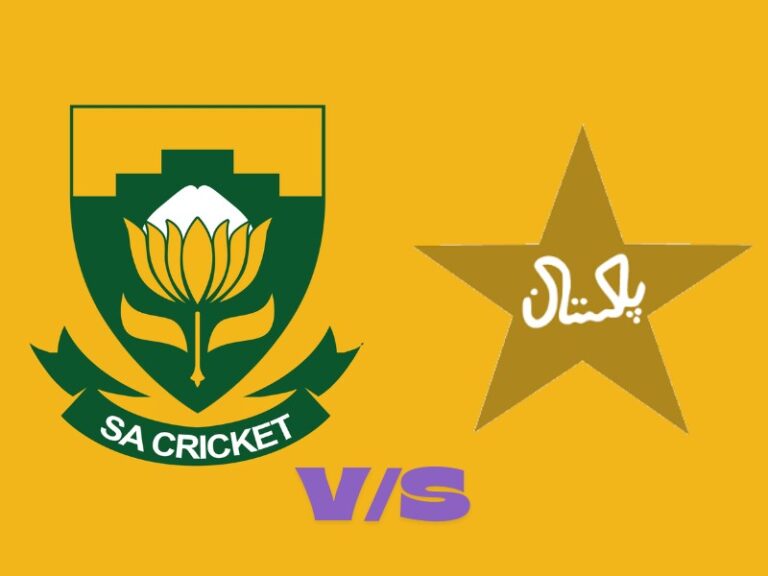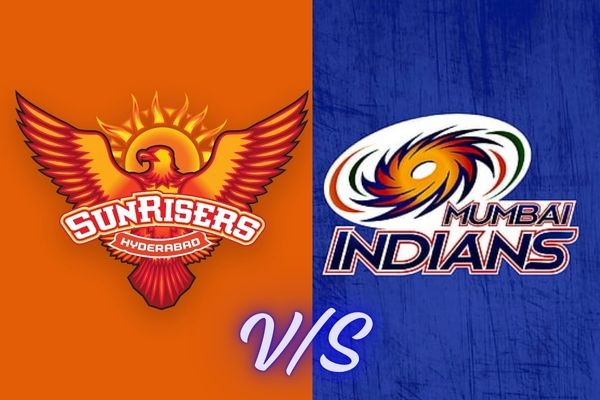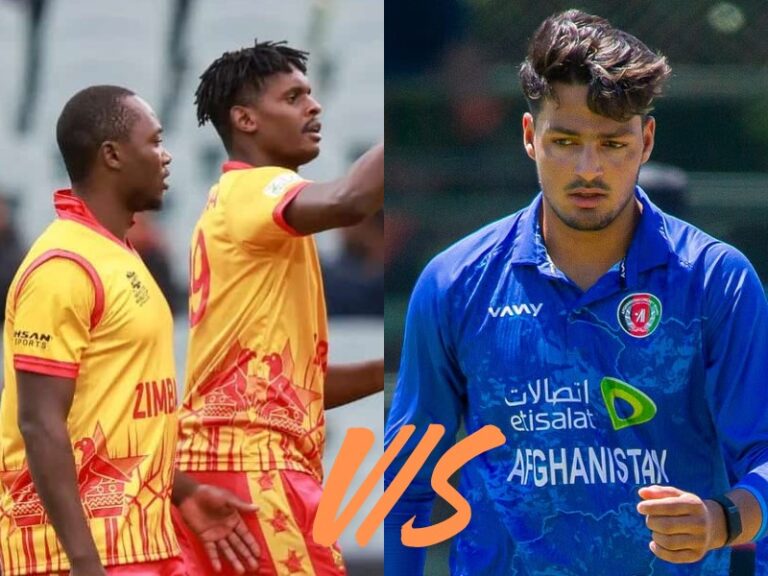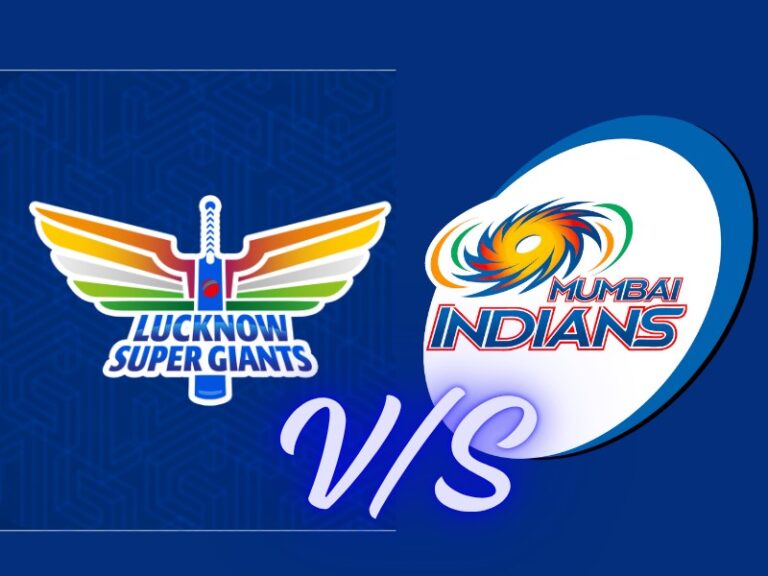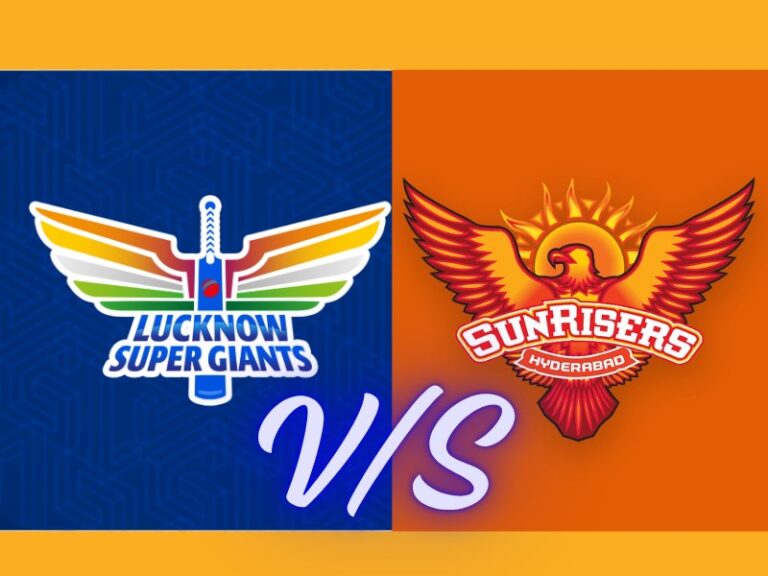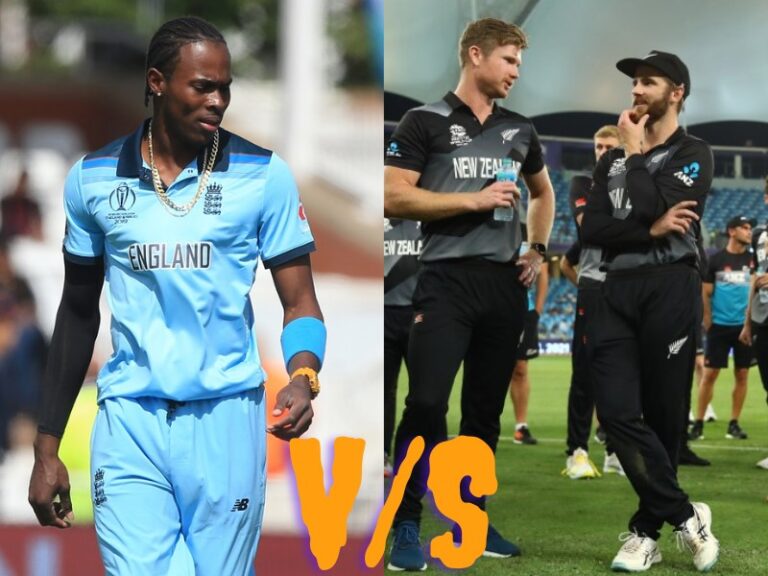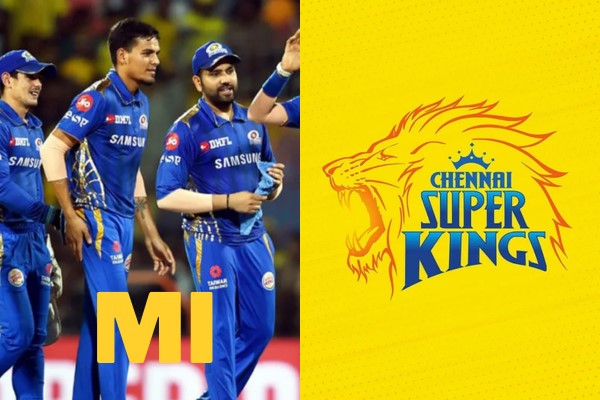
mumbai indians vs chennai super kings timeline
The rivalry between Mumbai Indians (MI) and Chennai Super Kings (CSK) is the IPL’s most enduring and widely watched duel — two franchises with huge fanbases, five titles each and an uncanny knack for meeting on the biggest stages. This article walks through that rivalry as a timeline, highlights the matches that shaped it, and teases out the tactical and cultural ingredients that keep these contests fascinating season after season. I’ll keep the tone friendly and insider-y — like a fellow fan who also enjoys the Xs and Os of T20 cricket.
Introduction: Mumbai Indians vs Chennai Super Kings Timeline,
Why this rivalry matters
MI vs CSK is more than just two teams playing cricket. It’s a clash of cultures (Mumbai’s glitz vs Chennai’s calm), captaincy philosophies (aggressive innovation vs cool game-management), and roster-building approaches (big overseas signings + domestic talent). Both sides have consistently been title contenders; their meetings frequently decide momentum in a season and have produced several classic finals and knockout encounters. That continuity — and repeated high-stakes meetings — is what gives this rivalry its narrative weight.
Table of Contents
Quick head-to-head snapshot
Across IPL and Champions League meetings, MI have held a slim edge in wins while both sides boast multiple IPL trophies (five each). They’ve met repeatedly in finals and playoffs — encounters that tend to compress decades of rivalry into a single evening’s drama.
Timeline (major moments and matches)
| Year / Date | Match / Event | Result & Why it mattered |
|---|---|---|
| 24 Apr 2008 | First IPL meeting (Chennai vs Mumbai, Chennai) | CSK won by 6 runs — the first chapter in what became an annual marquee fixture. |
| 2010 IPL Final | CSK vs MI (Final) | CSK won the 2010 final. A major early milestone that established CSK as a championship team and set up a long-term competitive narrative. |
| 2013 IPL Final | CSK vs MI (Final) | MI won. Part of Mumbai’s golden era under Rohit Sharma and strategic leadership that saw them collect multiple trophies. |
| 2015 IPL Final | CSK vs MI (Final) | MI won again. Another high-stakes meeting that reaffirmed Mumbai’s finals dominance in that period. |
| 2019 IPL Final | CSK vs MI (Final) | MI beat CSK. A modern classic with massive narratives — both sides had built balanced squads of Indian seniors and impactful overseas players. |
| 2018–2023 | Regular-season & playoff skirmishes | These years produced numerous intense contests and several seasons where either MI or CSK defined the top of the table. Notable matches were often decided by death-overs bowling and tactical use of spin. |
| 2025 (Mar 22–23) | Recent MI vs CSK matches (IPL 2025) | CSK registered a win over MI (match in Chennai, spinner Noor Ahmad starred). Shows continuing tactical importance of spinners at Chepauk and MI adapting leadership (Suryakumar captaining in opener). |
(This table highlights turning points rather than every single meeting — hundreds of moments make up the full rivalry.)
The big finals — short case studies
2010 Final — CSK’s stamp
CSK’s early success in 2010 (winning the title) was not just about star names; it was about a consistent, calm leadership structure under MS Dhoni and a team built to control pressure moments. That final laid the template for CSK’s brand: experience, composure, and situational cricket.
2013, 2015, 2019 Finals — Mumbai’s era of clutch performances
Between 2013 and 2019, MI’s finals wins showcased their ability to produce match-winners under pressure — both with the bat and ball. Mumbai’s talent scouting and flexible game plans (especially their death bowling and finishers) allowed them to seize finals where margins were small. These matches signaled that MI could deliver in do-or-die conditions repeatedly.
Tactical patterns & match determinants
- Death bowling wins championships
Both teams have historically invested in bowlers who can execute yorkers, cutters and change-of-pace in the last four overs. MI’s recruitment of reliable death specialists and CSK’s trust in veterans (like Bumrah for MI; Jadeja/Ashwin for CSK in spin phases) have frequently determined outcomes. - Spin at Chepauk — the home-field chess
Chennai’s home conditions reward smart spin bowling and tangent field placements. Successful MI teams have needed to find spinners who can counter or leverage the surface, or bat intelligently against spin in the middle overs. The 2025 match again highlighted how spinners can turn these games. - Leadership styles — Rohit vs Dhoni era (and beyond)
Rohit’s proactive, aggressive marshaling of resources (and emphasis on match-ups) contrasted with Dhoni’s measured, instinctive finishing. Both approaches resulted in titles. Recent seasons see newer leaders stepping in, but the underlying tactical DNA remains: smart use of match-ups, bold bowling changes, and role clarity for players. - Domestic youth integration
MI’s and CSK’s ability to blood domestic talent (Mumbai with players like Tilak Varma; Chennai with local talents) while balancing seasoned internationals provides both a developmental edge and tactical flexibility. Debutants can flip a game with unfamiliar variations.
Most memorable individual performances (examples)
- Lasith Malinga (MI) — consistently dismantled CSK’s lineup across seasons with toe-crushing yorkers and deceptive slower balls. His impact in head-to-heads is historically significant.
- Rohit Sharma (MI) — runs in multiple MI vs CSK fixtures (a top scorer in the rivalry).
- MS Dhoni (CSK) — captaincy, finishing and calm under fire in key games, especially earlier finals.
(These are representative — many more players have produced match-winning spells in this rivalry.)
What recent seasons tell us (2023–2025)
Recent IPL seasons show both franchises continuing to adapt: MI mixing youthful power and veteran finishers; CSK leaning on spinners and experience. The 2025 meetings reaffirmed that home conditions and smart bowling plans can neutralize power-hitting, and that flexible leadership (temporary captains, rotation due to injuries or bans) matters more in a long tournament.
Lessons for fans, analysts, and aspiring coaches
- Understand match-ups not just players. T20 success against a rival often depends on which bowler bowls to which batter in a given over — and how captains rotate their bowlers to create pressure sequences.
- Value of calm leadership. Whether Dhoni’s stoicism or Rohit’s clarity, leadership that instills role clarity and calm on the field is a consistent predictor of success.
- Don’t ignore conditions. Chepauk and Wankhede play differently; the team that adjusts fastest to surface and weather wins more often.
- Player development matters. Both teams have shown the payoff of scouting and developing domestic talent who can be match-winners.
Final thoughts — why the rivalry will keep thriving
MI vs CSK is far from a settled story. Both franchises are structurally strong, financially stable, and committed to long-term competitiveness. They keep producing new characters and tactical wrinkles — from surprise debutants to clever captaincy moves — so each season adds new pages to the rivalry. Whether you’re a fan of cricketing drama, captaincy chess, or individual excellence, MI vs CSK matches reliably deliver one or more of those things.
